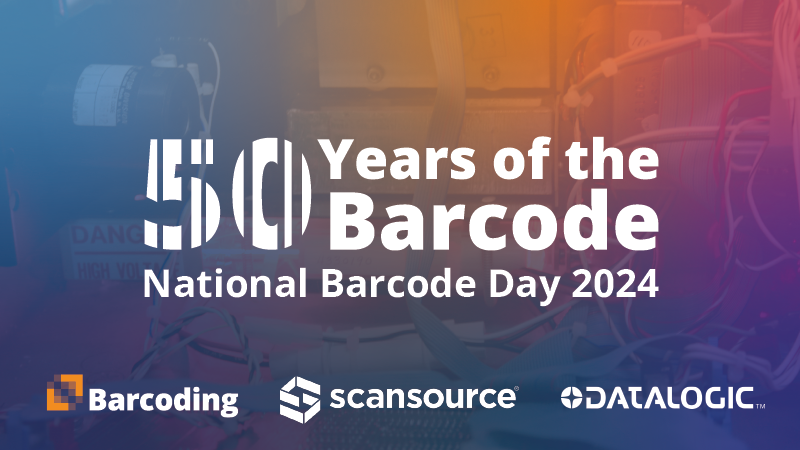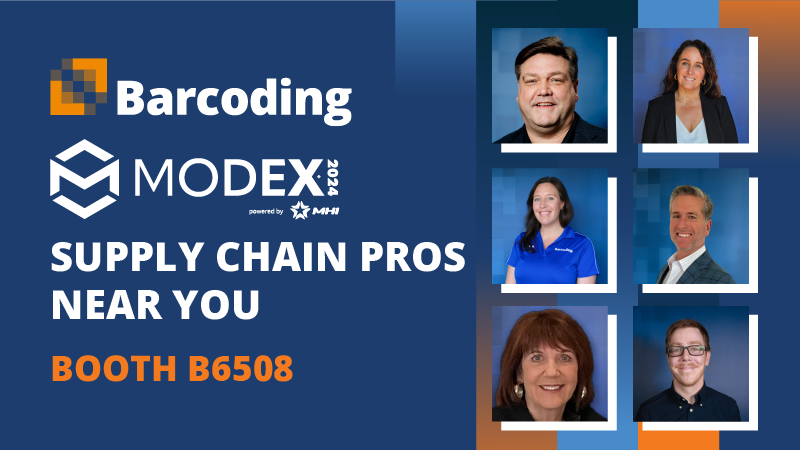Well-informed business decisions are driven by data, and analysis and reporting build the bridge between data and human insights. Unfortunately, analysis and reporting are often the most labor-intensive and error-prone processes within any enterprise data strategy.
This assumes the company has a data strategy. Most businesses say they do, and over 90% said they made investments in data in 2022, yet less than half of those companies said they had become data-driven or achieved a data culture. The path to data-driven enterprises will be built on human behavior change, as people learn how to navigate and understand a world of data.
As businesses continue to digitize, the variety, volume, and velocity of data generated across the enterprise is only going to increase. Solutions that simplify data capture are already helping shine a light on workflows and processes that were otherwise opaque.
But capture and collection aren’t enough to become data-driven. Data’s no longer just a byproduct of business processes; within an enterprise strategy, it’s a valuable asset, and data quality matters.
Excellence in data capture, analysis, and reporting are vital to a data-driven culture. Data capture solutions can help foster a data culture when they:
- Work seamlessly within a data strategy
- Support good data collection
- Deliver robust, high-quality datasets
- Automate analysis and reporting capabilities
- Generate targeted analytical reports on demand across the enterprise
Seamless Integration Within a Data Strategy
To discourage bias, data collection and analysis need to be intentionally planned and designed. This improves the quality of information derived from the data. Transparency about processes—particularly about which data is captured, collected, and used—can help inform a more effective strategy. That’s how you get to a clearer understanding of every corner of a business.
Valuing data as a resource doesn’t mean you have to jump into productizing enterprise data assets. But a strategy to meet the information needs of as many users as possible maximizes data’s benefits and helps establish a data culture. When users across business units can easily access analysis and reporting to inform their specific decision-making needs, they’re more likely to use the information.
But a tsunami of process data demands getting selective about the data that matters. Your data strategy charts a course toward best practices as they evolve, always with an eye toward adding efficiencies that have a real impact on operations:
- Data standards create an agreed-upon language
- A single source of truth reduces noise and errors
- Automating repeatable processes saves time and effort
Supporting Principles of Good Data Collection
Good data collection keeps processes simple, so don’t add work to the task associated with the information being collected. Good data collection is also intentional from start to finish, with controls in place to ensure that data is valid, credible, and reliable.
A data strategy that supports good collection and use practices also protects the privacy and confidentiality of users, customers, and stakeholders. Security and permission controls are an important part of protecting data and people alike.
Delivering Robust, High-Quality Datasets
The power of enterprise data lies in a balance of quantity and quality. When data is captured strategically and managed to protect its validity, users can have confidence in the quality of information driving their decision-making.
Look for data management solutions that make it easy to review data management processes for quality control and enhance data transparency. This helps establish guardrails around enterprise data standards. It also reduces the time and effort needed to convert and clean data before it can be used. Collection practices and standards can make data sets automation-ready—and that can mean up-to-the-minute visibility for data users.
RELATED: Explore how stakeholders all across organizations are accessing and using full-scale data visibility to drive excellence in wide-ranging operational areas.
Automating Analysis & Reporting
Automation does much more than reduce labor and eliminate process errors; it also empowers users to request and access analytical reporting when and where they need it, without creating internal bottlenecks by relying on people to do what software is capable of.
Delivering easy-to-understand, data-driven reporting, whenever and wherever it’s needed, ensures all stakeholders use the same source of truth. It also builds a culture of assessing information as a first step toward decision-making. Look for intuitive, user-friendly dashboards that enable even data-challenged individuals to better visualize and understand the information with the level of detail they need.
Nurturing a Data-Driven Culture
Building a strong, sustainable data culture requires dedicated leadership and tools that welcome stakeholders to use them by streamlining data collection, reducing process-related workloads, and delivering analytical reporting that meets users’ needs, even as they continue to evolve. The data capture solutions you implement can make a difference and help elevate data’s role in decision-making all across your organization. Learn more about bringing data-driven IT operations excellence to the enterprise—click here or below to download the free guide now.







